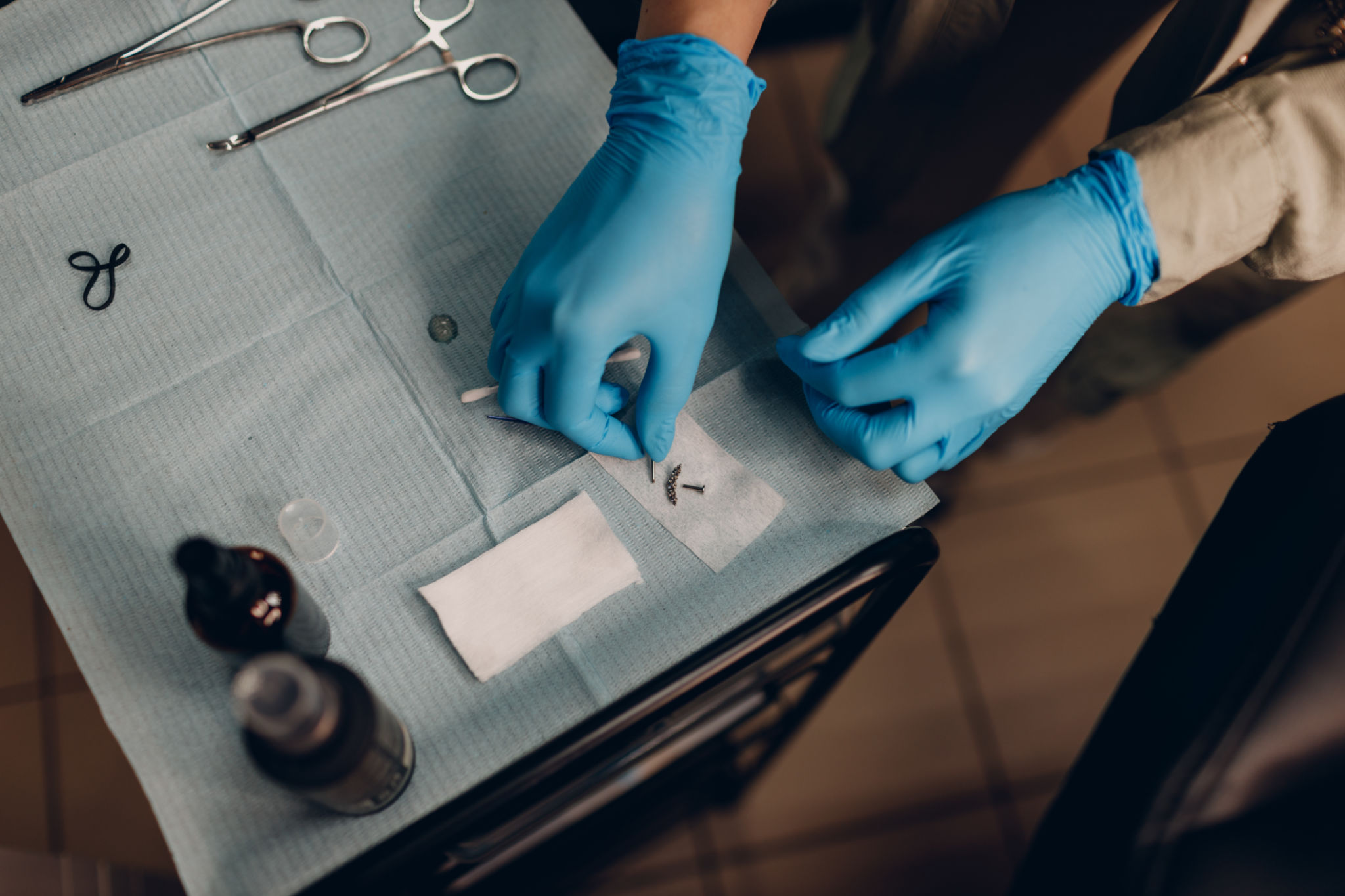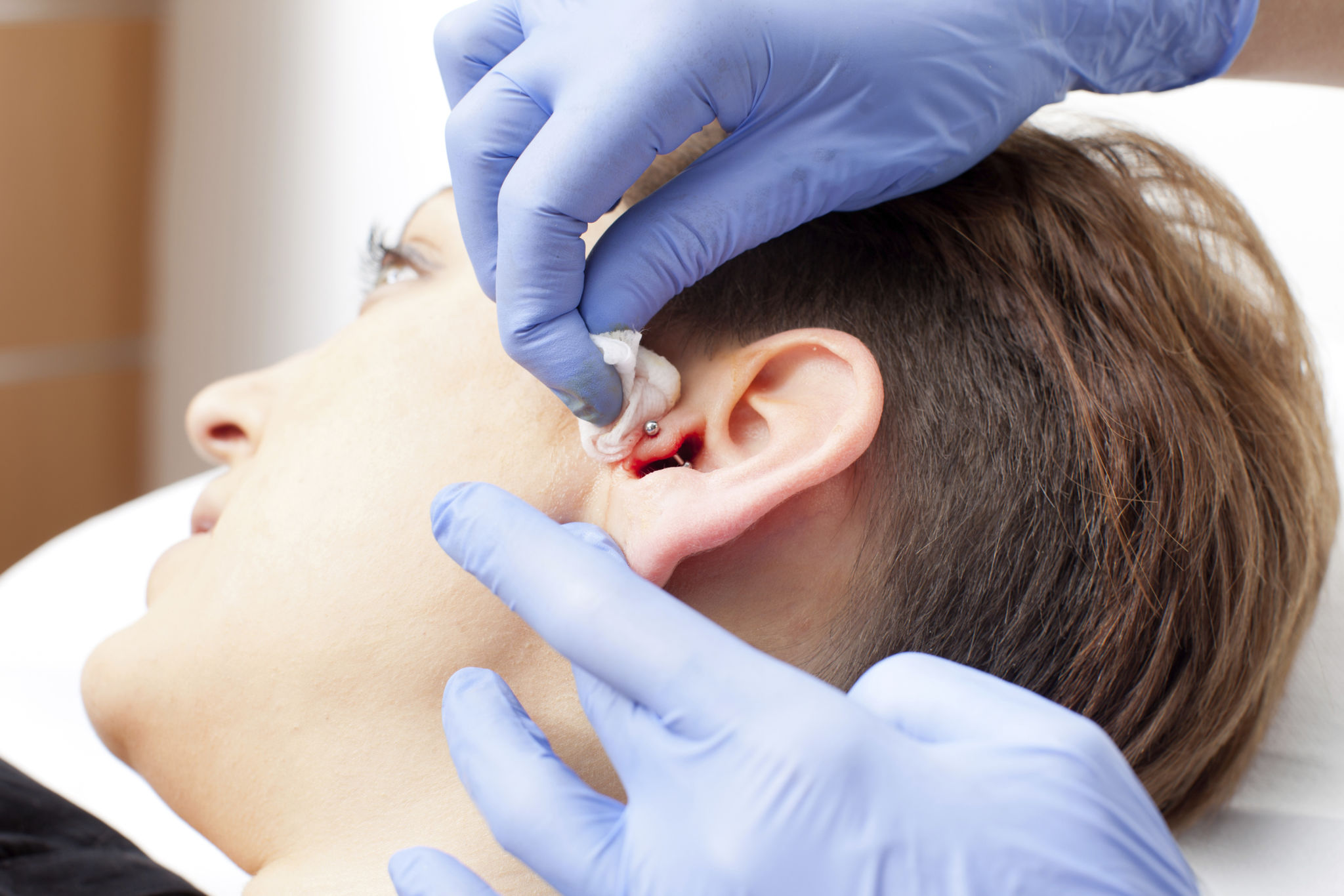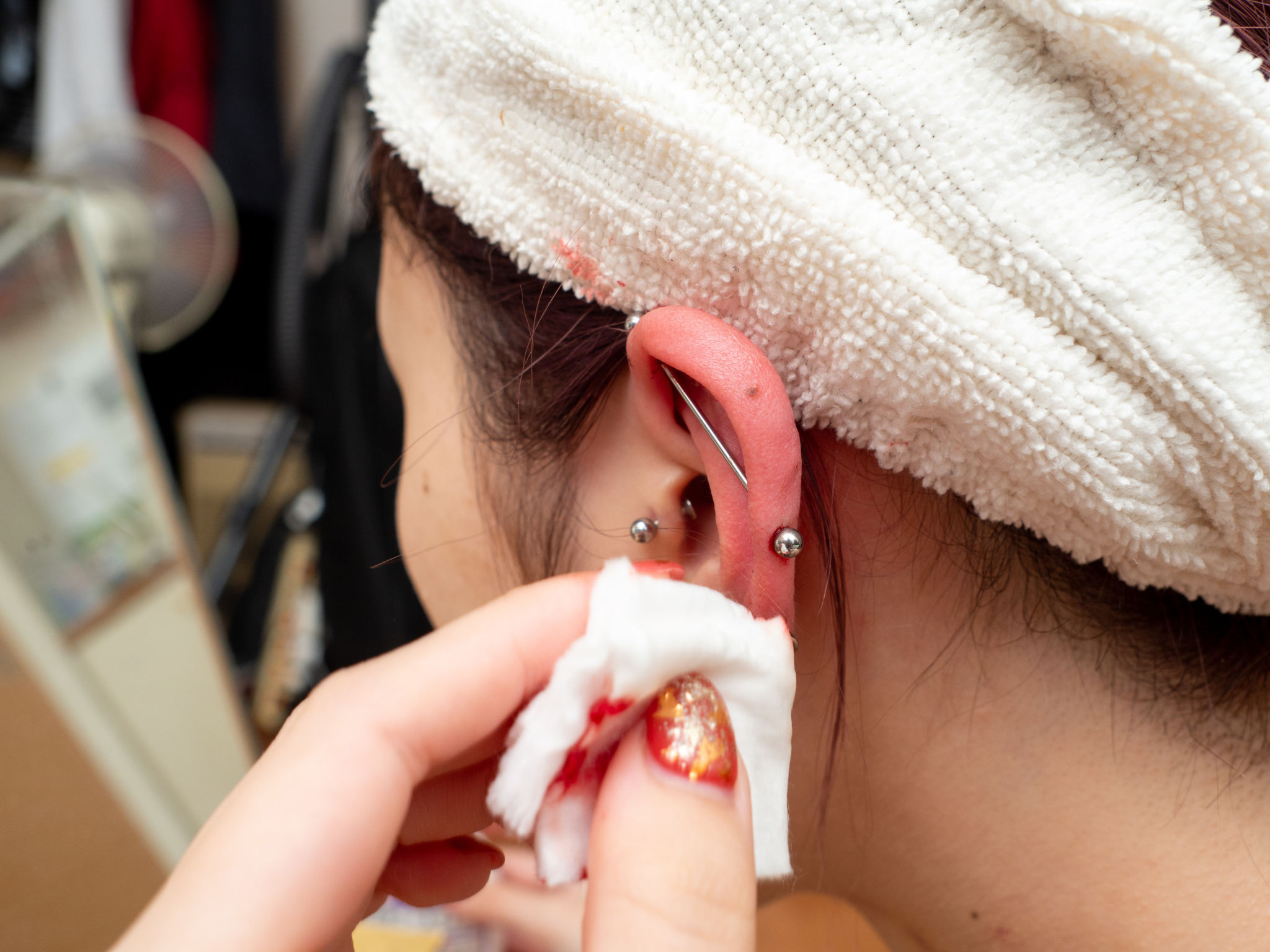Common Piercing Myths Debunked: What You Really Need to Know
Understanding Piercing Myths
Piercings have been a popular form of self-expression for centuries, yet many myths and misconceptions still surround them. Whether you're considering your first piercing or adding to your collection, it's crucial to separate fact from fiction to make informed decisions. This blog post aims to debunk common piercing myths and provide you with what you really need to know.

Myth 1: Piercings Are Extremely Painful
One of the most common myths is that all piercings are incredibly painful. While pain tolerance varies from person to person, most people describe the sensation as a quick pinch rather than prolonged pain. The level of discomfort also depends on the location of the piercing. Areas with more flesh, like earlobes, tend to be less painful than cartilage or sensitive areas.
It's important to note that the expertise of the piercer can significantly affect your experience. Professional piercers use techniques that minimize discomfort and ensure a smooth process. Always choose a reputable piercing studio to ensure both safety and comfort.
Myth 2: Piercings Are Always Prone to Infections
Another prevalent myth is that piercings are highly susceptible to infections. While infections can occur, they are not inevitable. Proper aftercare is key to preventing infections and promoting healing. Follow your piercer’s aftercare instructions carefully, which typically include cleaning the area with saline solution and avoiding touching the piercing with dirty hands.

Choosing a professional piercer who follows strict hygiene protocols also reduces the risk of infection. Sterile equipment and a clean environment are non-negotiable in any reputable piercing studio.
Myth 3: You Can Use Any Jewelry
Not all jewelry is suitable for fresh piercings. It's a myth that you can use any type of metal or style immediately after getting pierced. High-quality materials like surgical steel, titanium, or gold are recommended for initial piercings due to their hypoallergenic properties. These materials are less likely to cause irritation or allergic reactions.
Always consult with your piercer about the best type of jewelry for your specific piercing and follow their recommendations regarding when it is safe to change it.

Myth 4: Piercings Close Instantly Without Jewelry
While it's true that some piercings can close quickly if left without jewelry, this isn't always the case for all types. The speed at which a piercing closes depends on several factors, including its location, how long you've had it, and individual healing tendencies. Cartilage piercings, for example, tend to remain open longer than soft tissue piercings like those on the earlobe.
If you need to remove your jewelry temporarily, consult with your piercer about the best options to ensure your piercing remains open.
Debunking Myths for a Better Experience
Understanding the truth behind these common myths can lead to a more informed and pleasant piercing experience. Always prioritize research and choose certified professionals who can offer guidance throughout the process. With proper care and attention, piercings can be a safe and exciting way to express your individuality.

